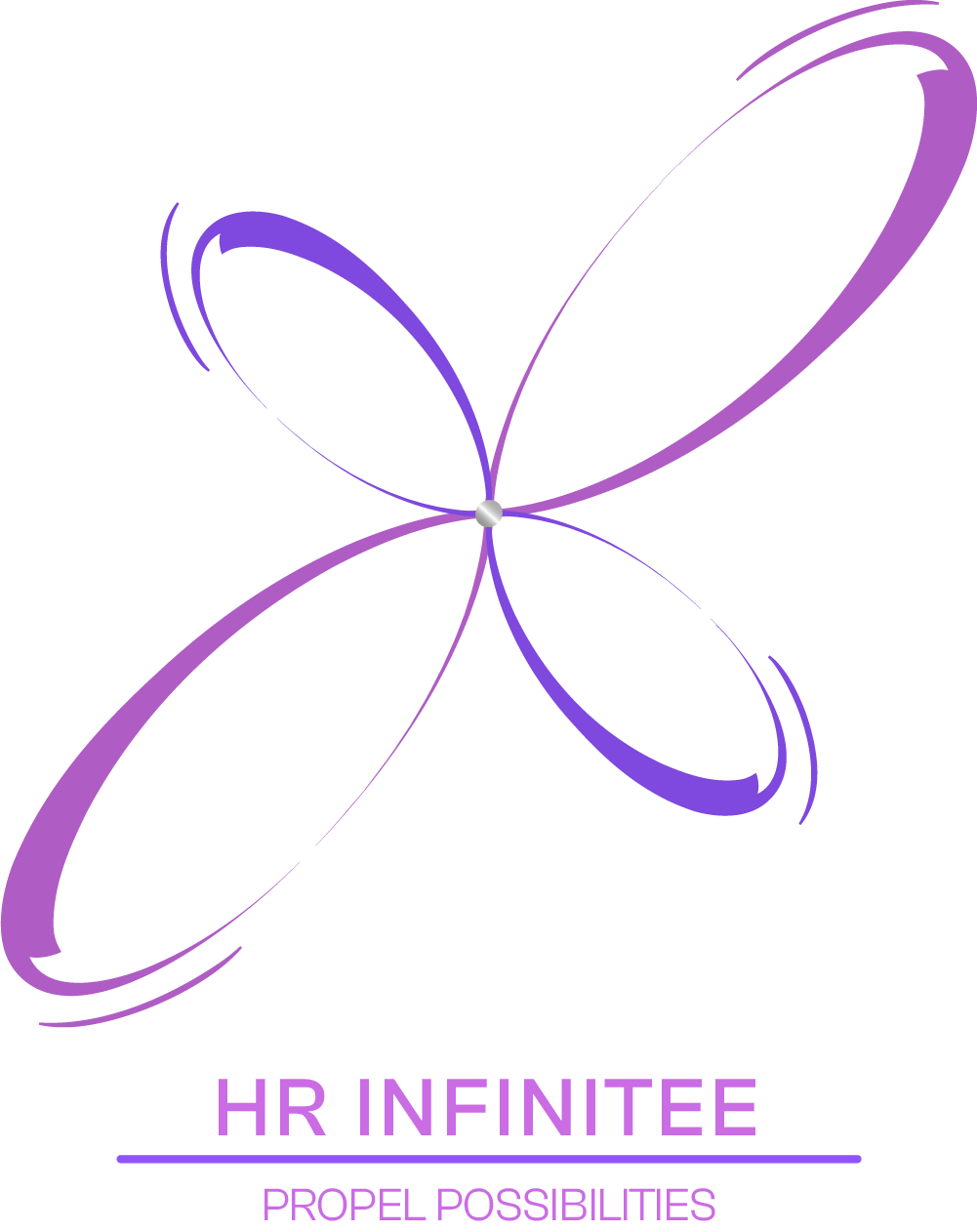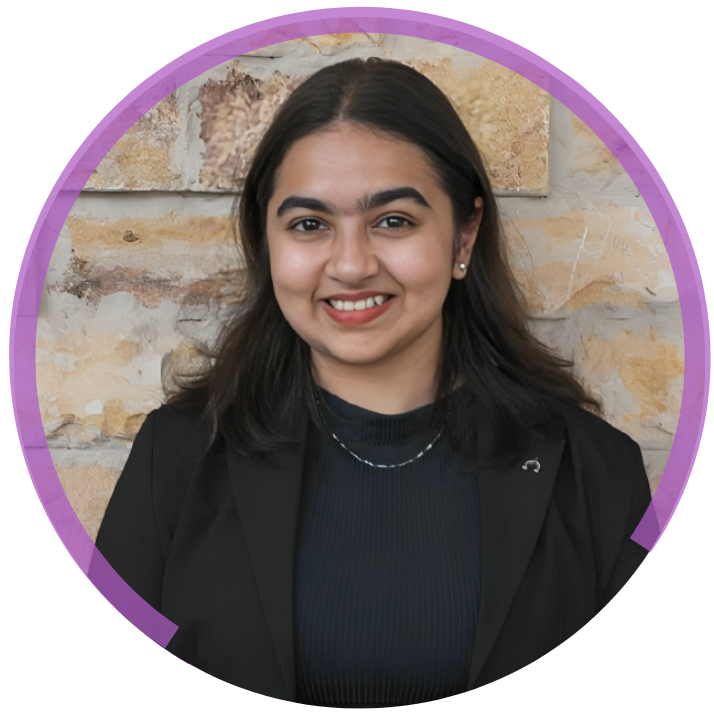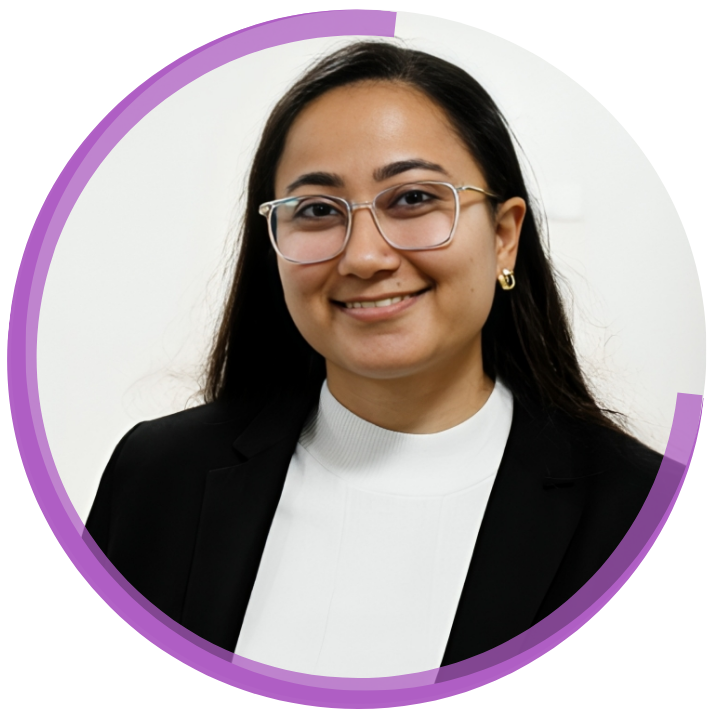

One-Team, One Approach
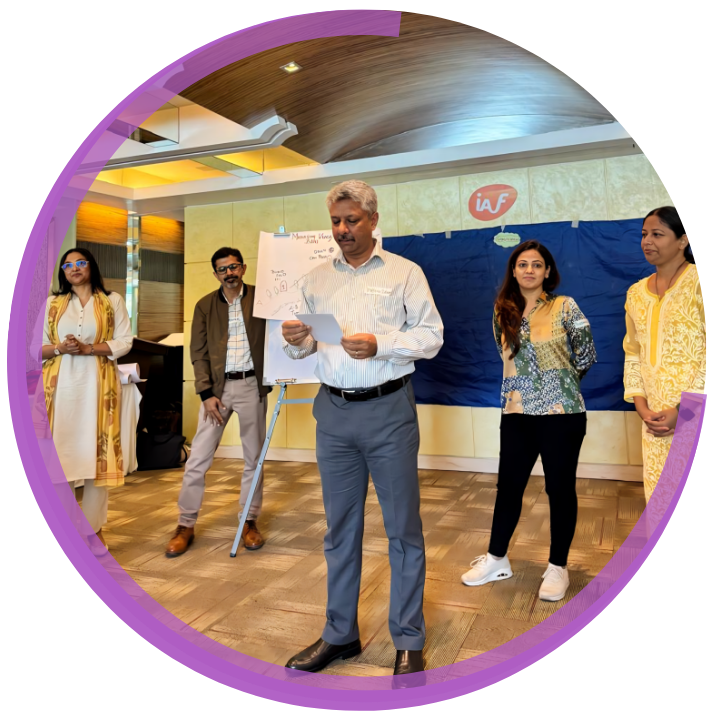
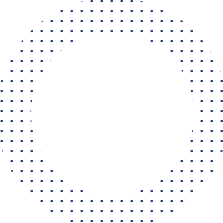

What You Can Expect?
- Clarified team purpose, priorities, and interdependencies
- Shared language for trust, feedback, and collaboration
- Increased alignment across goals, roles, and responsibilities
- Strengthened collective ownership and decision-making
- Energized meetings that drive results—not fatigue
- Constructive handling of tensions and hidden team dynamics
- Practical action plans grounded in group wisdom
Who Is It For?
1. C-Suite Executives
2. Heads of Business Units
3. Functional & Project Team Leads
4. Leaders of New or Reorganized Teams
5. Cross-Functional Task Force Leads
6. Hybrid & Remote Team Managers
7. Startup Leaders Driving Rapid Scale
A People-Centric, Process-Driven Approach
Diagnose with an Emotion Lens
We start by looking at what lies beneath—burnout, judgment, identity shifts—that silently shape team dynamics and behaviors.Identify Outcomes with Cognitive Clarity
Outcomes are identified based on the stories, assumptions, and misinterpretations we uncovered to clarify goals, roles, and priorities.Co-create & Co-Deliver
We design the facilitation experience collaboratively and guide the team to deliver real-time change and reflection.Collective Action
We facilitate the team in co-creating new team habits (rituals, conversations, and check-ins) and revisit progress through structured retreats to sustain the shift.Why HR Infinitee for Group Process Facilitation?


Stories of Leadership Transformation

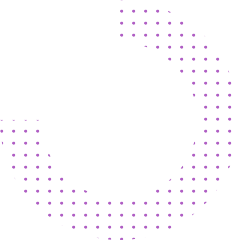



Let’s Make Your Team Thrive
Stories of Leadership Transformation


Success Stories


Frequently Asked Questions
Group process facilitation (team facilitation) is a process that the third-party facilitator leads that allows employees or leaders to improve team dynamics, achieve shared goals, unlock collaborative barriers, and co-create healthier ways of working together. In team-building exercises, the team often focuses on bonding or fun, basically the social and cultural aspects of the team, whereas facilitation goes deeper into patterns, perceptions, and participation.
Group facilitation, team facilitation, and training are interconnected but serve different purposes. Each one supports teams in unique ways depending on their goals:
- Group Facilitation: It is a guided team process conducted in a safe and productive environment by a facilitator to achieve a decision-making, problem-solving, or any other specific outcome.
- Team Facilitation: This is also a form of group facilitation to help the team so that they can work together for a shared goal.
- Training: Training is content-driven and focused on imparting specific skills or knowledge — such as communication, conflict management, or project tools, through structured instruction by a trainer.
A skilled group facilitator plays multiple roles:
- Holds a psychologically safe space for real conversations.
- Surfaces invisible dynamics, emotional undercurrents, and hidden assumptions.
- Designs participative processes that bring out every voice.
- Navigates tension, mistrust, or stuckness with curiosity — not control.
- Builds trust without taking sides.
- Anchors group energy toward shared goals and sustained change.
Coaching is typically individual-focused, unlocking personal insight. Training is about knowledge transfer. Group process facilitation is neither. It is systemic, experiential, and real-time — dealing with the “us” between individuals. Where coaching asks, “How do you show up?” Facilitation asks, “How do we show up together?” Our team facilitation skills focus on creating safe disruption — a necessary step before alignment.
Absolutely. It’s one of the most effective paths to resolve team conflict and tension. Our facilitation services are specifically designed to address:
- Blame cycles and emotional silos
- Artificial harmony or avoidance
- Mistrust and unspoken tensions
- Role ambiguity or overlapping ownership
- Resistance to new leaders or transitions
At HR Infinitee, we use a blended toolkit drawn from years of practice and behavioral science:
- Team Climate Sensing & Interpersonal Contracting
- Tuckman Model (Forming–Storming–Norming–Performing)
- Five Dysfunctions of a Team Framework
- Dialogue Models (for conflict-to-trust transitions)
- Emotional mirroring and reflective listening
- Armour-vulnerability mapping
- Systemic team coaching rituals
Each method is chosen based on the team’s current context, not just a generic checklist.
As organizations expand, experience transitions, going through different phases, and when different teams conduct cross-functional dialogues, it’s obvious that they encounter some shift that may limit the growth or face rigidity or limitations to expand efficiently:
- Align on purpose during ambiguity
- Navigate structural or leadership transitions with clarity
- Create shared ways of working in hybrid setups
- Build readiness for change through collective ownership
Yes, remote and hybrid teams often need it more, as they struggle with:
- Reduced informal communication
- Disconnected ownership
- Loss of shared rhythm
- Emotional fatigue
Our facilitation services are adapted to virtual/hybrid contexts — using digital collaboration tools, virtual sensing exercises, and emotionally attuned check-ins to surface what’s missing, and rebuild team cohesion intentionally.
Leaders aren’t just expected to perform — they’re expected to align, inspire, and collaborate across functions. But many leadership programs stop at the individual level. Group process facilitation brings the leadership lab into the team space. It helps leaders:
- Recognize how their presence shapes group dynamics
- Practice vulnerability and adaptive communication
- Strengthen facilitation skills themselves — becoming better enablers of team performance
- Align “how I lead” with “how we function”
